Results
-
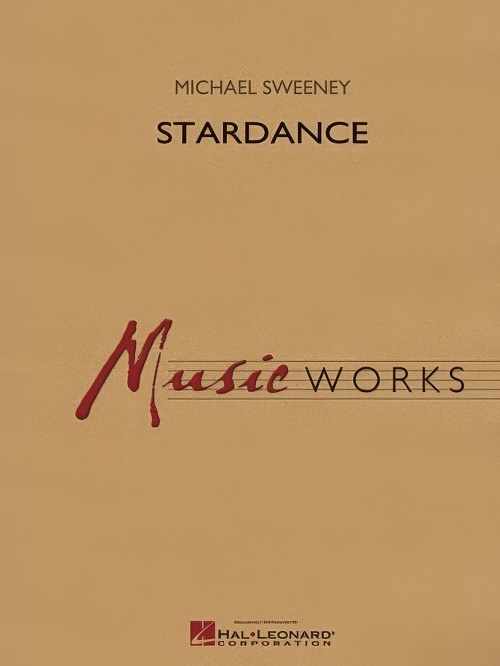 £79.99
£79.99Stardance (Concert Band - Score and Parts) - Sweeney, Michael
The opening of this unique and masterful work for band places the wind players out in the audience as the listeners are surrounded by the effect of a swirling dance of celestial lights and sounds. Onstage, the percussion section introduces a driving ostinato pattern later picked up by the entire ensemble. A delicate and beautiful middle section almost suspends time as soloists provide a bluesy interaction with the rich background texture and each other. The frantic pace returns leading to a stunning chorale played by the winds while the percussion continues simultaneously at a separate tempo! A creative and magical addition to the repertoire!Duration: 9:30
Estimated dispatch 7-14 working days
-
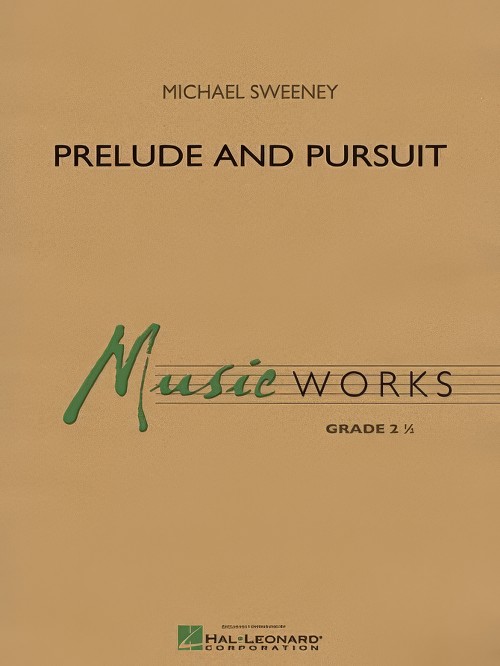 £57.50
£57.50Prelude and Pursuit (Concert Band - Score and Parts) - Sweeney, Michael
John Barnes Chance composed his landmark work for band, Incantation and Dance, in 1960 while in residence at the high school in Greensboro, North Carolina. Commissioned by the Union County (NC) Honor Band, Prelude and Pursuit pays tribute to this important composition and its North Carolina connection. A haunting chant-like theme played by the clarinets sets the tone for the slow section. Similar to Chance's work, the fast section begins with percussion instruments introducing thematic elements later picked up and developed by the winds. Intensifying rhythmic elements, as well as carefully controlled random playing effects, contribute to an overall sense of excitement and anticipation. Themes are woven throughout various sections of the band before the opening chant motif makes a brief dramatic appearance near the end. A great teaching tool for young players, Prelude and Pursuit also provides a rewarding performance experience.Duration: 4:50
Estimated dispatch 7-14 working days
-
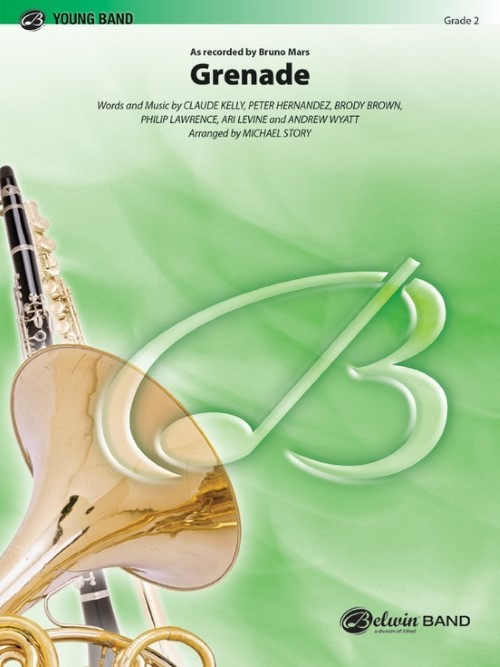 £63.00
£63.00Grenade (Concert Band - Score and Parts) - Story, Michael
A pop R&B ballad by recording artist Bruno Mars, this hot chart was nominated for Song of the Year, Record of the Year, and a track on Album of the Year by the Grammys in 2011. The arrangement begins with an introduction featuring the clarinet section and rapidly develops to the easy driving pulse of the melody initiated by the trumpets and the entire ensemble. Recognisable and energetic! Duration: 2.30
Estimated dispatch 7-14 working days
-
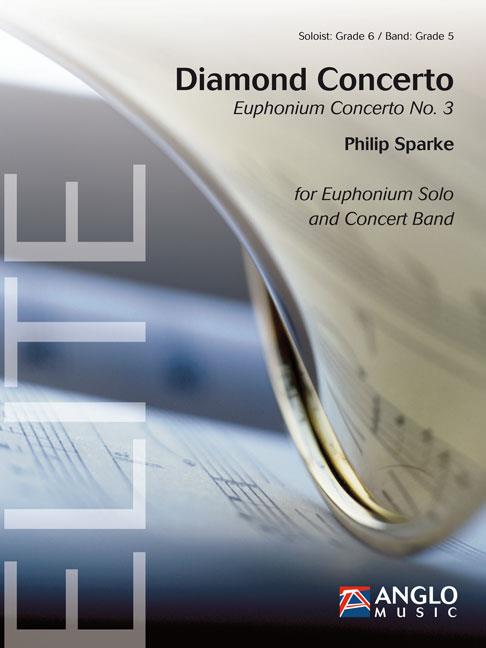 £209.99
£209.99Diamond Concerto (Euphonium Concerto No.3) (Euphonium Solo with Concert Band - Score and Parts) - Sparke, Philip
Diamond Concerto was commissioned by Musikverein Morschied from Germany - Dr. Eric Grandjean, conductor - for a special concert featuring Steven Mead as guest soloist. Together they gave the world premiere on 28th April 2012 in the town theatre of Idar-Oberstein. The commission is a highlight in the 30-year friendship between composer and soloist, which has included many mutual CD projects and concerts and, now, a concerto. Sparke had Steven Mead's special euphonium sound in his head throughout the composition process and made free use of the variety of styles which the world-renowned virtuoso has made his own during his highly successful solo career.The village of Morschied lies to the west of Frankfurt am Main in the area known as the German Road of Precious Stones, which is famous for its thriving gem industry. Because of this it was decided to give the commission a local connection by choosing the title, Diamond Concerto. Each of the three movements is named after a famous diamond:Earth Star is rather stern in mood, opening with a free fantasy for the soloist over a static chord from the band. This leads to an Allegro Moderato in minor mode where small motives are gradually repeated and developed by both band and soloist.Ocean Dream uses a varied quote from the composer's Music for Battle Creek, including a melting slow melody that was originally written with Steven Mead in mind.Blue Heart was written, at Steven Mead's suggestion, in bebop style and takes the form of a jazz waltz. The quasi-improvisatory central section features a call-and-response passage for the soloist and upper woodwinds.Duration: 15:45
Estimated dispatch 7-14 working days
-
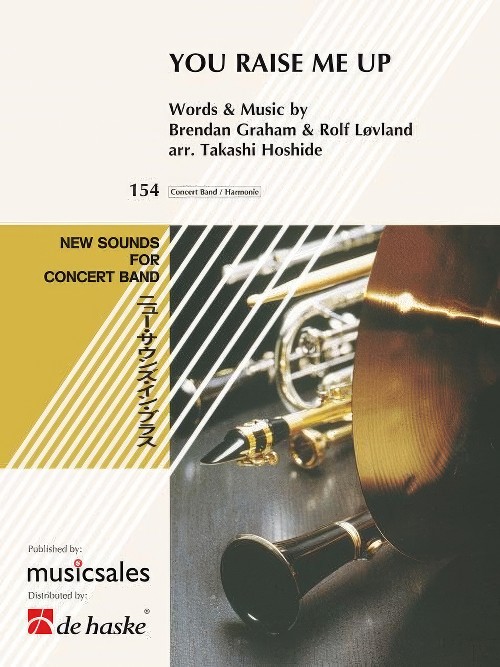 £118.99
£118.99You Raise Me Up (Euphonium Solo with Concert Band - Score and Parts) - Graham & Lovland - Hoshide, Takashi
You Raise Me Up is a concert band arrangement of one of the most popular ballads of all time by Takashi Hoshide. Composed by Rolf Lovland, who, inspired by traditional Irish melodies, asked Irish author and lyricist Brendan Graham to provide lyrics, the song has become a worldwide hit through pop artists such as Josh Groban and Westlife. Featuring a solo for euphonium or baritone player.
Estimated dispatch 7-14 working days
-
 £94.99
£94.99Beat it (Concert Band - Score and Parts) - Jackson, Michael - Amano, Masamicz
Beat It, is one of Michael Jackson's most popular songs, awarded two Grammys for its commercial success. Seen by many as a rock song, Beat It was ranked by Rolling Stone magazine as one of the "100 Greatest Guitar Songs of All Time." Since its release, the song has been covered and famously reinterpreted by artists such as Fall Out Boy, Fergie and most recently Masamicz Amano, who has made this wonderful arrangement for concert band!Duration: 4:15
Estimated dispatch 7-14 working days
-
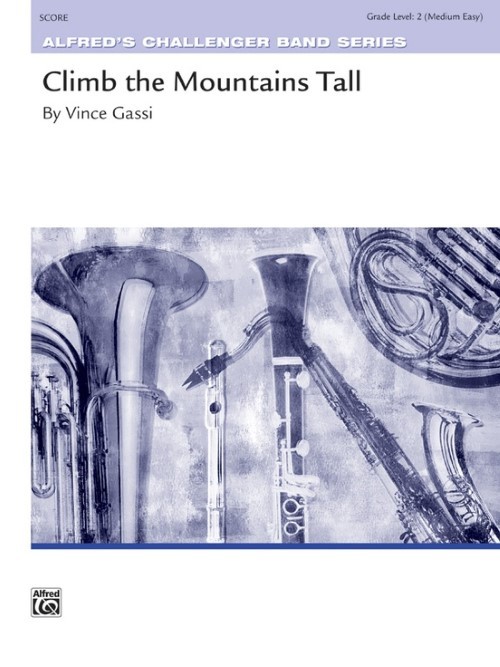 £53.95
£53.95Climb the Mountains Tall (Concert Band - Score and Parts) - Gassi, Vince
Inspired by The Dream, a poem by Darren Clayton, this work reflects the spirit of adventure necessary to journey to new places and new experiences. After a bold introduction, the flutes, oboe, and bells present a heroic melody with supporting roles provided by the baritone and snare drum. The full band then joins in and expands on the theme, energy building all the while. We journey briefly through a minor key and a slower, more contemplative section. With a transition back to the main theme, and a change of key, we boldly approach the exciting conclusion of our travels.Duration: 3:15
Estimated dispatch 7-14 working days
-
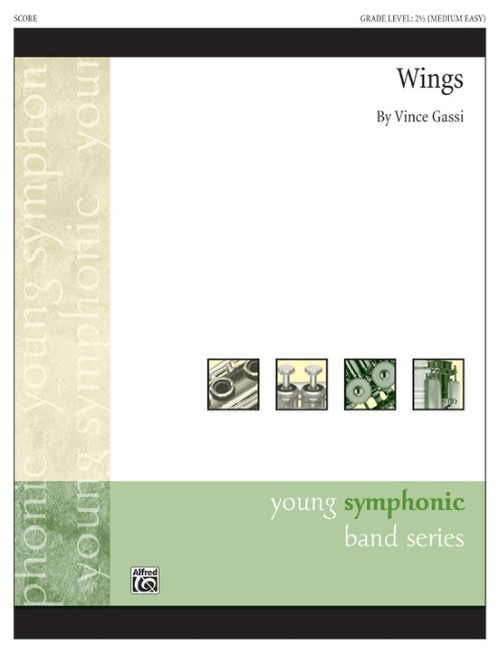 £53.95
£53.95Wings (Concert Band - Score and Parts) - Gassi, Vince
The men and women of the Royal Canadian Air Force are the inspiration behind this original composition by Vince Gassi. The first work in his Armed Forces Suite, it takes off with a bright, spirited theme first heard in the flutes. The rest of the ensemble soon joins in the maneuvers and offers a fuller tactical report. Clarinets take over with dignity, providing a lyrical contrast, and are supported by a stately accompaniment. It isn't long before we start to feel the "spirit of adventure" building to a contrasting section conveying images of stealth and intrigue. Covert operations lead finally to a restatement of the opening theme by the brass with flute and clarinet obligato. Interlace with fragments from the covert section and we are carried to a soaring conclusion. If you are looking for a spirited concert opener or closer, look no further!Duration: 3:15
Estimated dispatch 7-14 working days
-
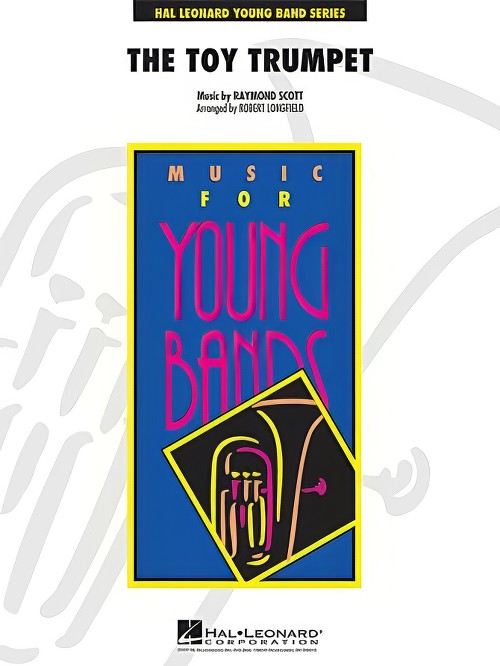 £60.99
£60.99The Toy Trumpet (Trumpet Solo and Section Feature with Concert Band - Score and Parts) - Scott, Raymond - Longfield, Robert
Composer Raymond Scott is known for compositions that were adapted for the classic Looney Tunes cartoons. One of his signature tunes, The Toy Trumpet, was famously sung by Shirley Temple in the 1938 film Rebecca of Sunnybrook Farm, and versions by The Boston Pops and Al Hirt are classics. Perfect for a holiday concert or any "pops" event, this light-hearted arrangement featuring trumpet solo and section is sure to be enjoyed by all.
Estimated dispatch 7-14 working days
-
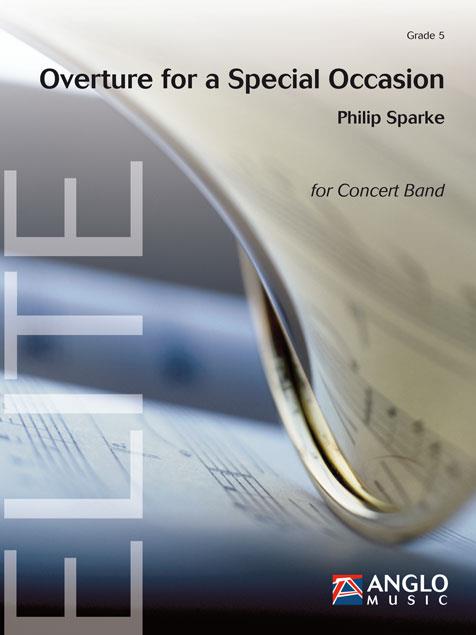 £164.99
£164.99Overture for a Special Occasion (Concert Band - Score and Parts) - Sparke, Philip
The special occasion that Philip Sparke was honoured to write this piece for was the 200th anniversary of the Stadtmusik Bad Sackingen. Since Bad Sackingen is known as the 'Trompeterstadt', or trumpeter city, Sparke's creative process was influenced by Joseph Victor Scheffel's poem, Der Trompeter von Sackingen (The Trumpeter from Sackingen), which is based on a true story. The overture starts with a majestic fanfare, followed by a lively molto vivace. It is joined by a brilliant trumpet call in honour of the city's famous resident.Duration: 7:30
Estimated dispatch 7-14 working days
